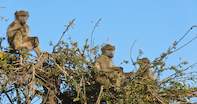
African Primates
The smaller primates of Africa such as Baboons and Monkeys are of the more common inhabitants. They live in trees and mountains and their most feared predator is the Leopard. The primates of Africa are usually found in woodlands with rocky areas near water but seldom in open grassland.Why do Baboons have big muzzles?
Baboons probably developed features like big muzzles because of their food preference and as a way to defend themselves. The muzzle holds a set of vicious looking teeth with large canines that help them to protect themselves in case of intense competition and to defend themselves against their most feared adversary the Leopard.Why do Monkeys call so much?
This is usually a signal to other members of the group that danger is approaching. They will often run away but still look in the direction of the alarming source so as to be alert to any sudden attack.Why do Primates groom so much?
There are two main reasons why primates groom one another, to curb parasites and for social bonding. Primates carry parasites in their fur which they pick it up as they move around. Not only does grooming clean and comb the fur, but it is a much needed social bonding skill. Baboons probably use this technique the most of all primates and the times you will see them grooming is just after sunrise and just before sunset, or when the troop is resting.African Primates Guide
Learn more about different African Primate species below.

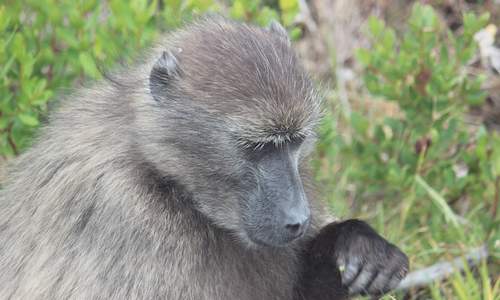 The baboon is a large primate with a dog-like face and big, prominent canines. Baboons are omnivorous, feeding on lizards, birds and their e...
The baboon is a large primate with a dog-like face and big, prominent canines. Baboons are omnivorous, feeding on lizards, birds and their e...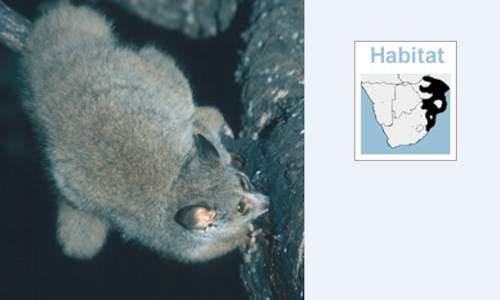 The Bushbabies or Galagos of Africa are of the smallest primates on the continent and, although fairly common, are not easily seen due to th...
The Bushbabies or Galagos of Africa are of the smallest primates on the continent and, although fairly common, are not easily seen due to th...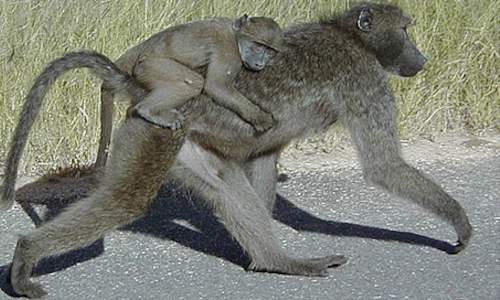 The Chacma Baboon is a large primate with a dog-like face and large, prominent canines. A mature male measures 1.5 m from head to tail and w...
The Chacma Baboon is a large primate with a dog-like face and large, prominent canines. A mature male measures 1.5 m from head to tail and w...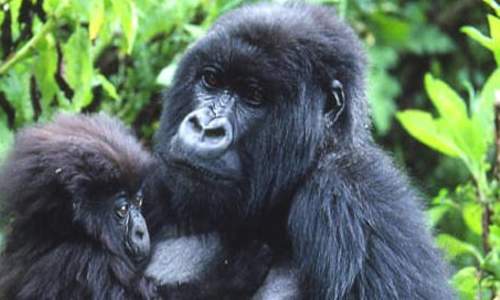 The Gorilla is the largest of the apes and the closest living relative to humans, with the exception of the chimpanzee...
The Gorilla is the largest of the apes and the closest living relative to humans, with the exception of the chimpanzee...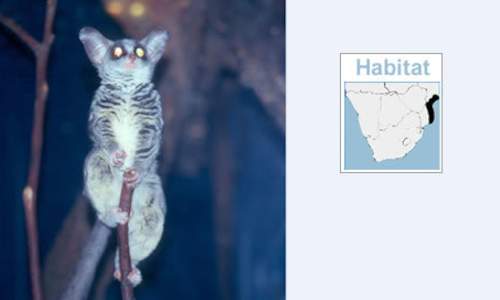 The lesser bushbaby, known to scientists as Galago moholi, is a small, tree-dwelling primate active by night. They are capable of leaps of r...
The lesser bushbaby, known to scientists as Galago moholi, is a small, tree-dwelling primate active by night. They are capable of leaps of r...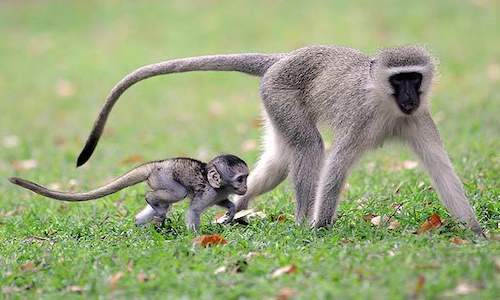 Unlike many tropical African countries, there are only two monkey species in South Africa, namely the vervet and the samango monkey. Both ar...
Unlike many tropical African countries, there are only two monkey species in South Africa, namely the vervet and the samango monkey. Both ar...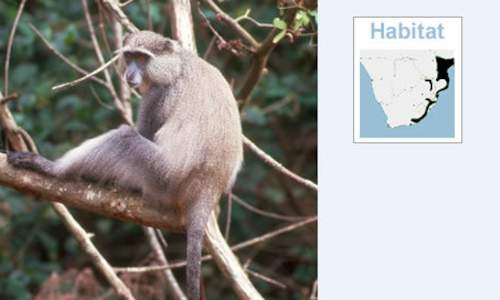 Males are larger than females, males have a mass of 7 to 9 kg and females 4 to 5 Kg. The tail is a third longer than the body. The coat of t...
Males are larger than females, males have a mass of 7 to 9 kg and females 4 to 5 Kg. The tail is a third longer than the body. The coat of t...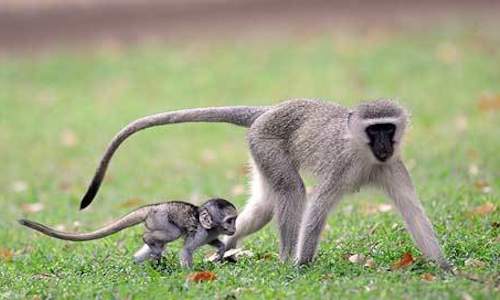 Males have a mass of 6kg and measure 1.1 m in length, whereas females are slightly smaller and weigh only 4kg. Vervet Monkeys have a silver-...
Males have a mass of 6kg and measure 1.1 m in length, whereas females are slightly smaller and weigh only 4kg. Vervet Monkeys have a silver-...